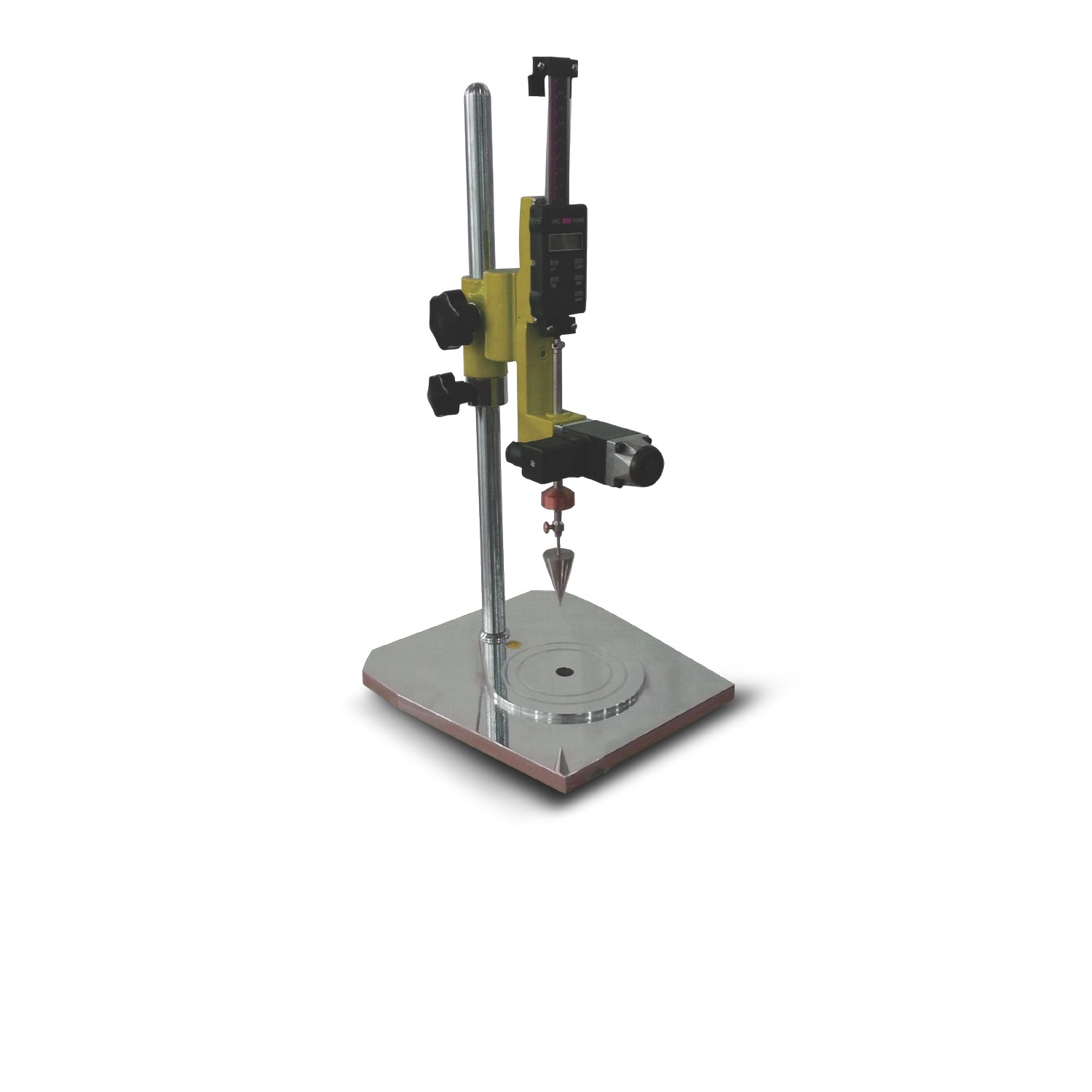-
Description
-
Specification
-
Ordering
Standards: EN ISO 17892-12 • EN ISO 17892-6 • BS 1377-2
- The Liquid Limit Device conforming to the Cone Penetrometer Method is used to determine the moisture content at which fine-grained soils transition from a plastic to a liquid state. This parameter is essential for soil classification and assessing the behavior of soils under varying moisture conditions.
- The apparatus operates by allowing a standardized cone to penetrate a soil sample under controlled conditions. The depth of penetration over a specified time correlates with the soil’s liquid limit, providing a precise and repeatable measurement.
- Available in both manual and semi-automatic models, the device caters to diverse laboratory requirements. The manual model features a digital penetration gauge and requires a stopwatch for timing, while the semi-automatic model includes an electronic timer and an automatic release mechanism, enhancing consistency and efficiency in testing.
- The cone penetrometer method is recognized for its objectivity and reproducibility, often preferred over the Casagrande method in various international standards. It is particularly suitable for soils where the Casagrande method may yield less reliable results.
- When used alongside the Plastic Limit Test, this device facilitates the determination of the Plasticity Index, a critical factor in evaluating soil plasticity and workability.
- Operation: Manual or semi-automatic
- Penetration measurement: Digital gauge
- Release mechanism: Manual (digital model) / Electronic (semi-automatic model)
- Timer: Electronic programmable (semi-automatic model)
- Sample cup dimensions: Ø 55 mm x 35 mm
- Digital penetration measurement gauge
- Release mechanism:
Manual (digital model)
Electronic (semi-automatic model)
- Electronic programmable timer (semi-automatic model)
- Penetration Cone (30° x 80 g – EN standard)
- Sample Cup (Ø 55 mm x 35 mm)
- CM 0180-1: Semi-Automatic Cone Penetrometer
- CM 0180-2: Digital Cone Penetrometer
